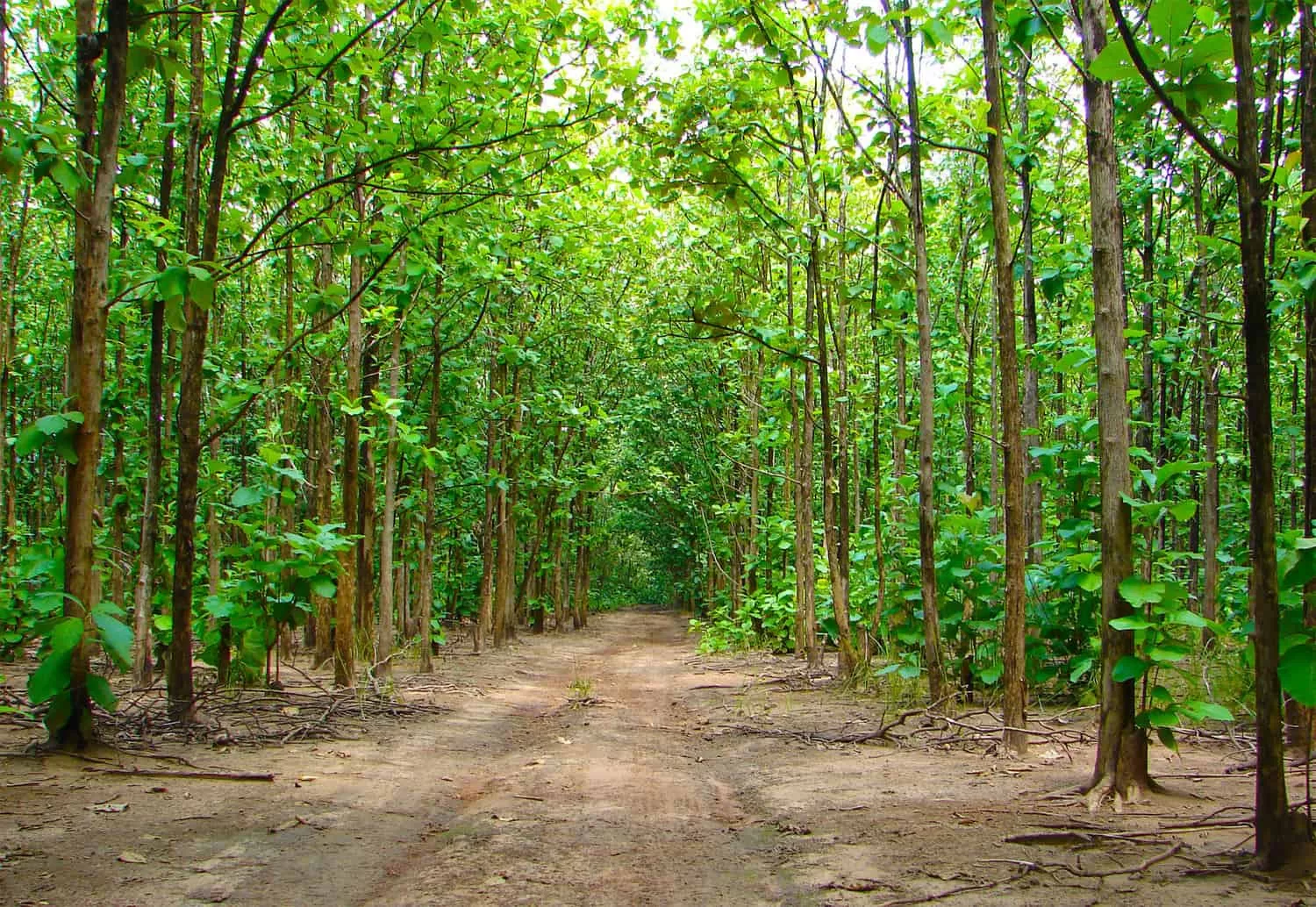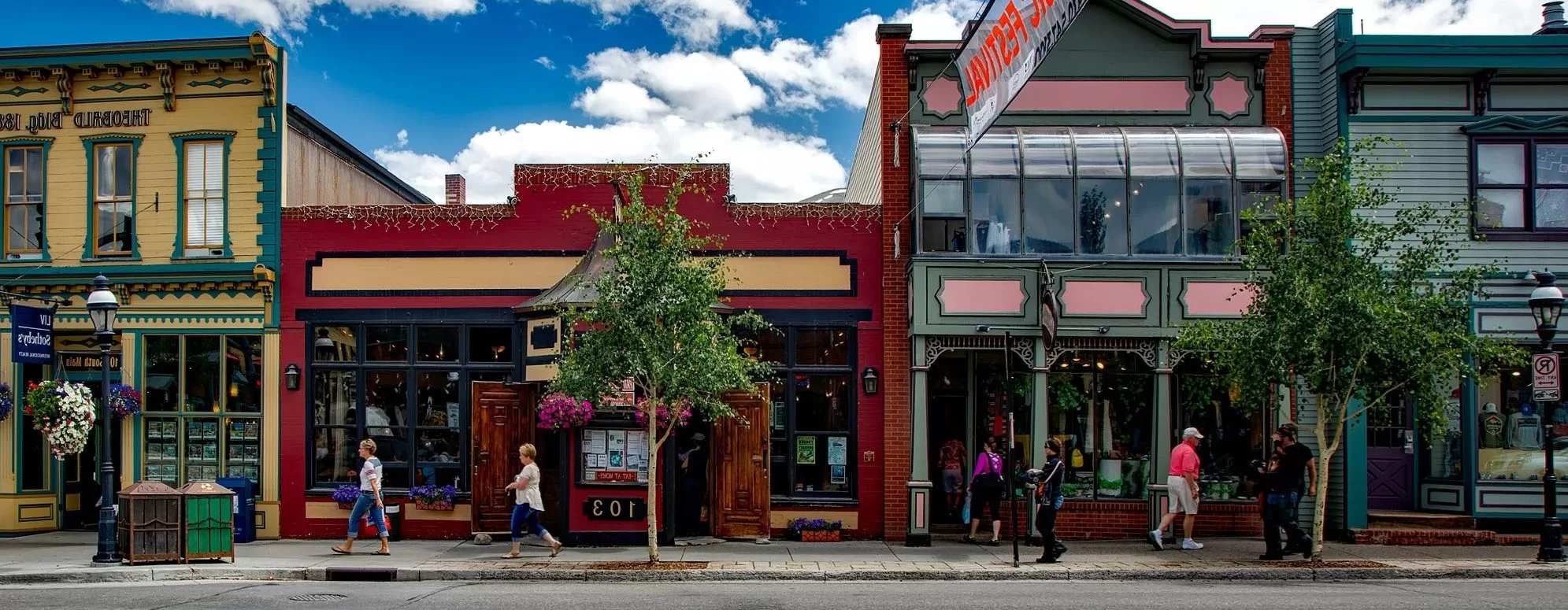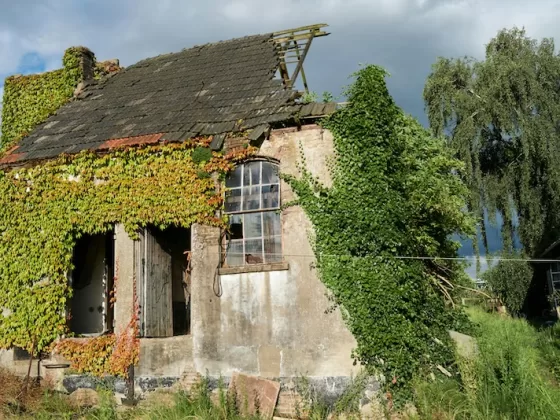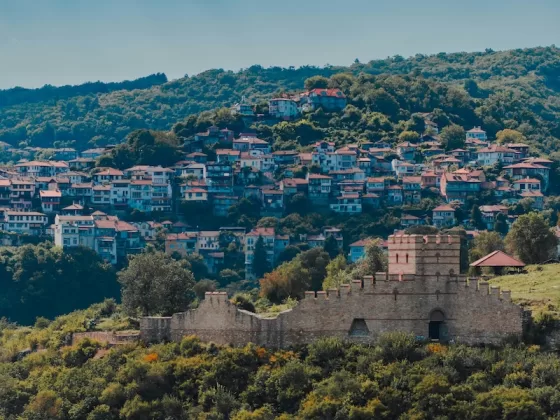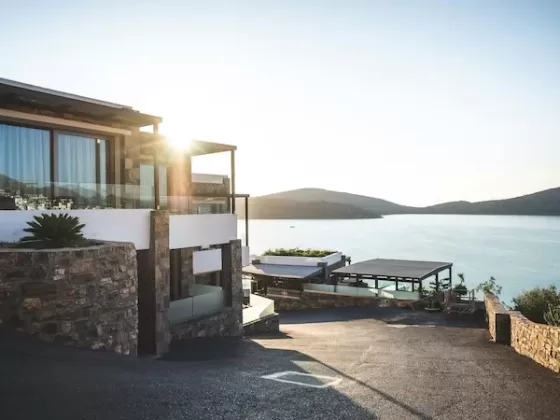When it comes to alternative investments, teak hardwood stands out as a unique and potentially lucrative option. Revered for centuries for its durability, resistance to decay, and aesthetic appeal, teak has carved a niche for itself not just in the world of fine furniture and shipbuilding but also in the portfolios of savvy investors seeking diversity and sustainability. This guide is crafted to demystify the world of teak hardwood investing for both novices and seasoned investors alike.
As global markets evolve and the appetite for sustainable investment options grows, teak hardwood presents an intriguing blend of traditional asset stability and forward-thinking environmental consciousness. The longevity and resilience of teak make it a compelling choice for those looking to invest beyond the conventional stock and bond markets. However, like any investment, it comes with its own set of challenges and considerations.
In this comprehensive Q&A, we address the fundamental questions that arise when venturing into this unique investment. From understanding the basic properties of teak wood to the complexities of market dynamics, legal frameworks, and environmental impact, this article seeks to provide a thorough primer. It will guide you through the nuances of investment duration, risks, benefits, and the latest market trends, ensuring you are well-equipped to make informed decisions in teak hardwood investing. Let’s jump in.
1. What is Teak Hardwood?
Teak, scientifically known as Tectona grandis, is a tropical hardwood of great prestige and utility. Native to South and Southeast Asia, it is found in countries like India, Bangladesh, Myanmar, Indonesia, Malaysia, Thailand, and Sri Lanka. This deciduous tree, part of the Lamiaceae family, is known for shedding its leaves in autumn and can grow remarkably tall, reaching up to 40 meters with trunk diameters of about 150 cm.
What sets teak apart is its dense, close-grained nature, making it highly sought after for both outdoor and indoor applications. This hardwood is especially valued for its durability and natural resistance to elements like insects and decay. Teak’s appearance is another notable attribute; it typically has a golden hue and a smooth grain and texture, which over time develops a distinguished silver-gray patina if left untreated.
These characteristics make teak wood exceptionally versatile, widely used in high-quality furniture making, shipbuilding, and various other applications where durability and aesthetics are crucial. Its unique blend of beauty, strength, and resistance has firmly established teak as a premium material in various industries
2. Why is Teak Considered a Valuable Investment?
Teak wood’s value as an investment is grounded in its unique combination of durability, aesthetic appeal, and eco-friendliness, making it a sought-after commodity in global markets.
Durability and Resistance: Teak is renowned for its incredible strength and resistance to rot, decay, and extreme weather conditions. Its natural oils offer protection from the elements, ensuring longevity and making it ideal for outdoor furniture and construction. Additionally, teak’s resistance to pests and water damage further solidifies its status as a durable investment, capable of withstanding the test of time with minimal maintenance.
Aesthetic Value: The natural golden hue and rich grain of teak wood contribute to its aesthetic appeal. Over time, teak ages gracefully, becoming smoother and darker, which not only adds character but also enhances its resistance to wear and tear. This timeless beauty has made teak a staple in fine furniture and luxury items, maintaining its style and elegance across generations.
Cost-Effectiveness: Despite its high-end appearance, teak is surprisingly affordable compared to other hardwoods. Its durability means less frequent replacements, and the low maintenance requirements add to its cost-effectiveness. Additionally, teak retains its value over time, making it an attractive option for long-term investment. The aging process further enhances its beauty, potentially increasing its resale value in the future.
Eco-Friendly: Teak is harvested from sustainably managed forests, making it an environmentally responsible choice. Its natural oils and resins negate the need for harsh chemicals, ensuring an eco-friendly option for furniture and construction. This aspect of teak aligns with the growing global emphasis on sustainable and responsible investing.
Market Demand and Investment Potential: The global demand for teak, particularly in countries like India and China, keeps its market robust. Historical data shows that teak prices have grown steadily over the past decades. This consistent growth, combined with the potential for high returns on investment over a 25-year period, makes teak a unique and promising long-term investment opportunity.
3. How Does Teak Wood Investment Work?
Investing in teak wood typically involves buying a parcel of land within a teak plantation. This investment method is unique in its structure and execution:
Parcel Purchase: The investment begins with the purchase of a parcel within a teak plantation. The size of the parcel can vary, and the initial cost includes both the land and the trees.
Long-Term Commitment: Teak plantations are a long-term investment, with teak trees usually harvested after 25 years. This time frame is essential for the trees to reach maturity and achieve optimal value.
Maintenance and Care: The plantation operator is responsible for planting and maintaining the teak trees. Investors are typically expected to pay annual maintenance fees for the care and upkeep of their parcel.
Return on Investment: Returns start materializing once the trees mature, around the 25th year. The quality of the teak produced from your parcel significantly influences the return, which can be substantial. Historical data suggests that teak prices have grown consistently over the past decades.
Ownership and Risks: Investors actually own the land, not just a share in the project. However, this investment is not without risks. The trees are vulnerable to natural threats like fire, insects, and diseases in their early years. Moreover, the success of the investment heavily depends on the reliability and competency of the plantation operator.
4. What Are the Benefits of Investing in Teak Hardwood?
Investing in teak hardwood offers a range of benefits, from financial returns to environmental sustainability:
Physical Asset Ownership: Investing in teak involves owning a tangible asset, combining both land and the production of a high-demand commodity. A typical teak plantation operates on a 25-year harvest cycle, offering long-term investment prospects. The teak market has seen a steady price increase, averaging 6% over the past few decades, suggesting strong future harvest yields.
Diversification and Asset Protection: Teak investment provides geographical and business type diversification, an essential aspect of any asset protection strategy. This diversification is beneficial as it involves a product outside traditional markets. Moreover, being a long-term asset, teak investments grow tax-deferred, with taxes applicable only at harvest. Its non-liquid nature also makes it a less likely target for creditors or litigants, adding an extra layer of asset protection.
Durability and Low Maintenance: Teak wood is known for its exceptional durability and strength, making it suitable for various environments. It requires minimal maintenance, only needing occasional cleaning, and has natural resistance to moisture, preventing warping or cracking due to environmental changes.
Resistance to Elements and Pests: Its high resistance to insects, decay, and water damage makes teak an ideal choice for outdoor furniture. This resistance ensures that the investment remains secure against environmental wear and tear.
Aesthetic Value: Teak wood has a natural golden hue and rich grain, adding a timeless elegance to any setting. It ages gracefully, becoming smoother and darker, enhancing its aesthetic appeal and resistance to damage over time.
Cost-Effectiveness: Despite its high-end appearance, teak is surprisingly affordable compared to other hardwoods. It holds its value over time, making it an attractive investment choice. The aging process enhances its beauty, potentially increasing its resale value in the future.
Eco-Friendly Investment: Teak is harvested from sustainably managed forests, making it an environmentally responsible choice. Its natural oils and resins provide protection against pests and rot, reducing the need for harsh chemicals, and contributing to its eco-friendliness.
5. What Are the Risks Associated with Teak Wood Investment?
Investing in teak wood, like any investment, carries certain risks that need to be considered:
Market Dependence: The value of teak investment heavily relies on timber quality, the professionalism of plantation operation and maintenance, and the actual market value when the teak is ready for sale. Market fluctuations can impact the return on investment.
Fire Risk: In the early years, especially the first, teak plantations are susceptible to fire. Proper management, such as maintaining fire belts and fire preparedness, is crucial to mitigate this risk.
Pest and Disease Risk: While mature teak plantations are relatively resistant, young plants are vulnerable to insect and fungal diseases. This requires proactive management using pesticides and fungicides.
Natural Disasters: The risk of natural disasters like hurricanes or heavy rainfall with floods can affect teak plantations, especially if the plantation area is prone to such events.
Animal Damage: Grazing animals can pose a risk to young teak trees, necessitating measures to protect the plantation, especially in its initial years.
Theft: The risk of theft, particularly when trees are mature and ready for felling, is a concern, though strict security measures can help mitigate this risk.
Political and Economic Stability: The stability of the region where the plantation is located can impact the investment. Political or economic instability can pose risks to the security and profitability of the investment.
Currency Risk: Investing in regions with different currencies introduces currency risk or uncertainty, which can affect the value of returns.
Price Development Uncertainty: While historical trends show positive price development for teak, future market conditions and price trends are uncertain and can impact the profitability of the investment.
Land Suitability and Ownership Issues: Choosing suitable land for teak cultivation is crucial. Risks include floods, soil erosion, and unclear land ownership, which can significantly impact the success of the plantation.
6. How Long is the Investment Period for Teak Hardwood?
The investment period for teak hardwood typically revolves around a 25-year growth cycle. This quarter-century span is essential for the teak trees to fully mature and attain their highest value. It’s during this period that the unique properties of teak, such as strength and durability, fully develop. After the completion of this cycle, investors are presented with the option to harvest the mature timber. Moreover, they have the opportunity to replant on the same plot, potentially continuing the investment for another cycle.
This long-term nature of teak investment categorizes it as a generational asset. The potential to replant after harvest allows the investment to extend over multiple generations, maintaining its value and utility over time. Additionally, the value of teak wood is known to steadily increase during the 25-year period, with an average growth rate of about 5.5 percent annually. This gradual appreciation positions teak as a stable and reliable investment, in contrast to the more fluctuating markets of stocks and real estate.
In essence, investing in teak hardwood is a long-term commitment, characterized not only by the potential for significant returns upon maturity but also by the opportunity for sustained value growth and the building of generational wealth.
7. Can Teak Investment Be Considered Eco-Friendly?
Teak wood investment’s eco-friendliness is multifaceted, depending on various factors such as the method of cultivation, forest management practices, and the impact of logistics.
Carbon Sequestration and Storage: In their natural habitats, teak trees contribute to carbon sequestration and storage. This aspect makes them eco-friendly as they absorb CO2 from the atmosphere while releasing oxygen. During their lifespan, teak trees act as a significant carbon sink, helping to mitigate climate change.
Sustainable Forest Management: The sustainability of teak wood also depends on how it is grown and harvested. In sustainably managed forests and plantations, teak can be a relatively sustainable option. Practices like agroforestry, which combines tree growing with other farming activities, can increase the biodiversity of teak plantations and make them more sustainable compared to monoculture plantations.
Impact on Biodiversity and Natural Forests: Harvesting teak wood from natural forests, especially through illegal or poorly managed logging, can lead to significant biodiversity loss. This includes the reduction of genetic diversity in trees and disruption of wildlife habitats in tropical teak forests. Such practices can substantially increase the environmental cost of using teak wood.
Teak Plantations and Biodiversity: As the natural population of teak decreases, plantation-grown teak becomes more common. However, large-scale industrial timber plantations for high-value species like teak often harbor less biodiversity than the natural tropical forest areas they replace. Incorporating biodiversity-enhancing practices in these plantations is crucial for maintaining their sustainability.
Transportation and Carbon Footprint: Teak, being an imported tropical wood, has a higher transportation carbon footprint compared to locally sourced hardwoods. The environmental impact of transporting teak over long distances needs to be factored into its sustainability assessment.
8. What Are the Key Factors to Consider Before Investing in Teak?
Before investing in teak, several key factors need to be carefully evaluated:
Investment Model and Assets: Understand the specifics of the investment model. This includes whether you are buying a parcel within a plantation or investing in a company that manages teak plantations. It’s essential to know exactly what assets your funds are buying – are you purchasing land, trees, or a share in a company? Each of these options has different implications for your investment and potential returns.
Long-Term Commitment: Teak investment is a long-term endeavor, typically involving a 25-year growth cycle. This requires patience and a long-term financial perspective. Investors should be comfortable with the idea of waiting for two to three decades for significant returns.
Management and Growth Rates: The quality of management and the plantation’s location significantly impact growth rates and the overall health of the teak trees. Well-managed and ideally located plantations have consistent growth rates and yield better quality wood. Overpromising on growth rates can be a red flag.
Cost Analysis: Evaluate the cost of the investment in detail. This includes the initial cost for land, planting, and ongoing management. Understanding these costs and how they impact the final return on investment is crucial. Look for transparency in how these costs are calculated and presented.
Market Dynamics and Price Projections: Market dynamics for teak, including demand and price projections, can be unpredictable. Different companies might have varying estimates for what teak will be worth in 25 years. It’s important to critically assess these projections and understand the basis on which they are made.
Investment Schemes and Tree Count: If investing by the tree, clarify what you are paying for – is it for trees planted or trees harvested? Since not all planted trees reach harvest, this distinction significantly affects the potential return. Also, consider any future management fees as part of the overall investment cost.
9. How Does One Start Investing in Teak Hardwood?
Starting to invest in teak hardwood involves several key steps:
Identify Investment Options: First, explore various investment options in teak plantations. This can include buying a parcel within a plantation or investing in a company that manages teak plantations. Each option offers different levels of involvement and returns. Some investment schemes involve buying young teak trees, while others offer more mature trees.
Purchase of Land and Trees: Once you decide on the type of investment, you typically purchase land along with the teak trees planted on it. For instance, in countries like Nicaragua and Panama, you can buy parcels of different ages, from newborn to 15-year-old trees. The cost varies based on the age and number of parcels you purchase. Owning these parcels means you receive title to the land and the teak trees, giving you a stake in the teak reforestation efforts.
Understand the Long-Term Nature: Teak investments are long-term, with the harvest cycle typically lasting around 25 years. This requires a long-term financial commitment and understanding that significant returns will only materialize after many years. Teak trees are generally harvested after 25 years, which is when they reach their full value.
Consider Additional Benefits: Some teak investments may offer additional benefits like qualifying for residency in the country of investment, depending on the size and value of your investment. This can be an added advantage for investors looking to diversify their assets internationally.
Last Words
In conclusion, investing in teak hardwood offers a unique opportunity for those looking to diversify their portfolio with a long-term, sustainable asset. The journey into teak investment requires an understanding of its distinct properties, such as its remarkable durability, resistance to decay, and aesthetic appeal. These qualities not only make teak a coveted material in various industries but also contribute to its steady appreciation in value.
However, like any investment, teak hardwood comes with its own set of considerations. Prospective investors must navigate through the long investment period, typically around 25 years, and understand the intricacies of teak plantation management and the global teak market dynamics. Environmental sustainability plays a crucial role, with responsibly managed plantations offering a more eco-friendly approach.
While the potential returns can be significant, the risks associated with teak investment, such as market fluctuations, environmental impacts, and the reliance on plantation management, cannot be overlooked. Therefore, thorough research, a clear understanding of the investment model, and a commitment to long-term objectives are essential.
Teak hardwood investment stands out not just for its financial prospects but also for its contribution to sustainable forestry practices, making it an attractive option for environmentally conscious investors. By carefully considering the various aspects of teak investment, individuals can make informed decisions that align with both their financial goals and ecological values.
